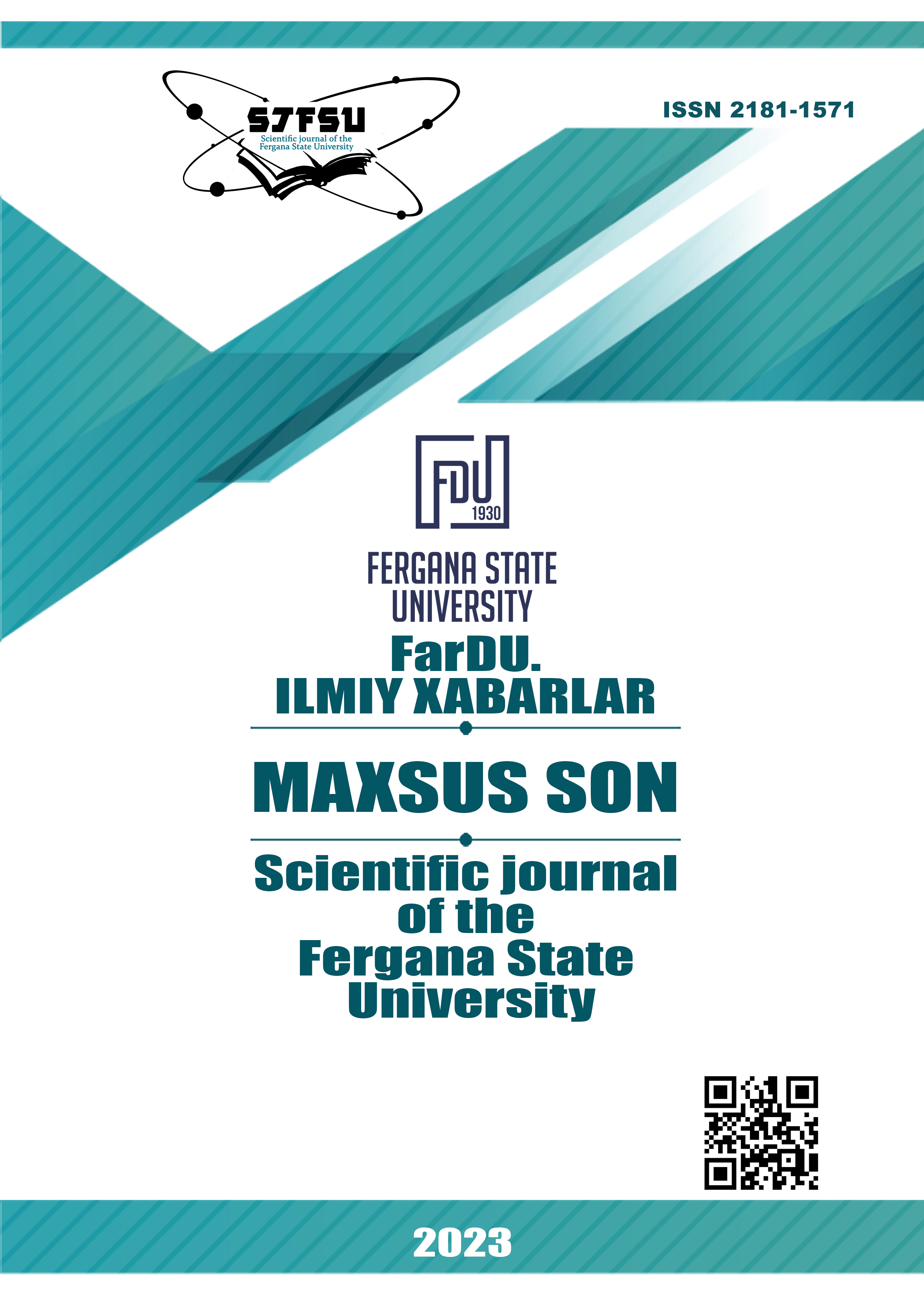DEVELOPMENT OF A CLASSIFICATION SYSTEM BASED ON KINEMATIC AND PSYCHO-PHYSIOLOGICAL CHARACTERISTICS FOR TRAINING RESERVE ATHLETES FOR PARALYMPIC SPORTS COMPETITIONS
Keywords:
Kinematic capabilities, training system, basic patterns, competitive practice, adaptive response, adaptive mechanisms, change in body position, ability to accelerate, muscular gravity.Abstract
This article discusses the kinematic and psychophysiological features of the preparation of athletes-reservists for Paralympic sports competitions, reveals the possibility of movement of an athlete for a transitional period after the competition and the essence of this period for the next stages of preparation. One of the main goals of field scientists is to introduce tools and methods into the educational process that will give excellent results in a short period of time. The results of this study reveal the results of the kinematic analysis of the chosen method of performing these loads, which are selected for each stage of the preparation of para-athletes.
References
Светличная Н. Коррекционно-педагогическое воздействие на сенсомоторное развитие детей с нарушениями интеллектуального развития // Academic research in educational sciences. – 2022. – Т. 3. – №. 1. – С. 379-386.
Миржамолов.М.Х., Абдиев Ш.А. Improving Pedagogikal Mechanisms to Increase Special Physical Pereparation of Students with Disabilities in Uzbekistan.(2021) 58 (2) ISSN:00333077. 317 - 323 Pg.
Палибаева З.Х. Паралимпия спортига янги технологиялар асосида адаптив-соғломлаштирувчи методларни ўзлаштириш ва жорий қилиш Автореф.дис. p.f.b.f.d. (PhD) Чирчиқ, 2022. - Б.74-76.
Юнусов, С. А. "Физическое воспитание школьников в инклюзивном образовании" Scientific Progress." Scientific Journal ISSN (2021): 2181-1601
Downloads
Published
Issue
Section
License
Copyright (c) 2024 Scientific journal of the Fergana State University

This work is licensed under a Creative Commons Attribution-NonCommercial-NoDerivatives 4.0 International License.
Most read articles by the same author(s)
- Erkin Bozorov, Mexriddin Axmadjonov, THE ROLE OF LEARNING TECHNOLOGY "IN COLLABORATION" IN IMPROVING THE EFFICIENCY OF THE SCIENCE OF MEDICAL ELECTRONICS , Scientific journal of the Fergana State University: No. 3 (2022): Scientific journal of the Fergana State University

